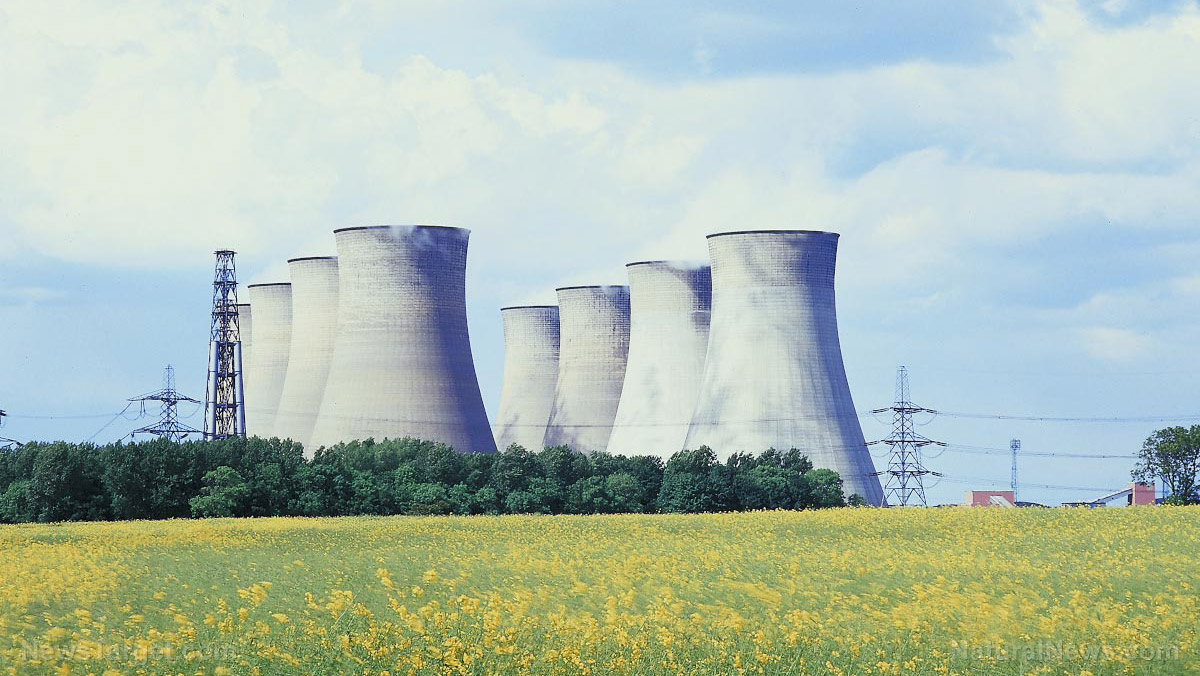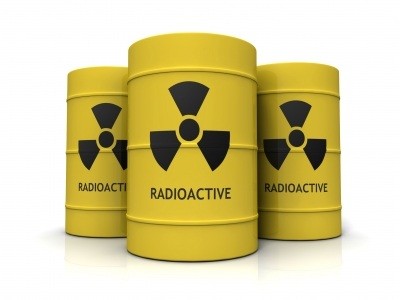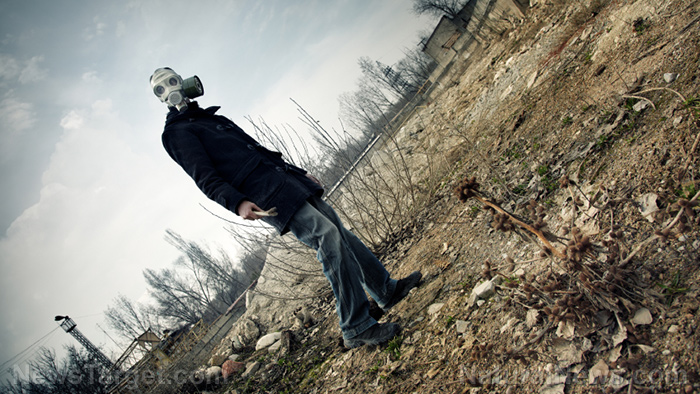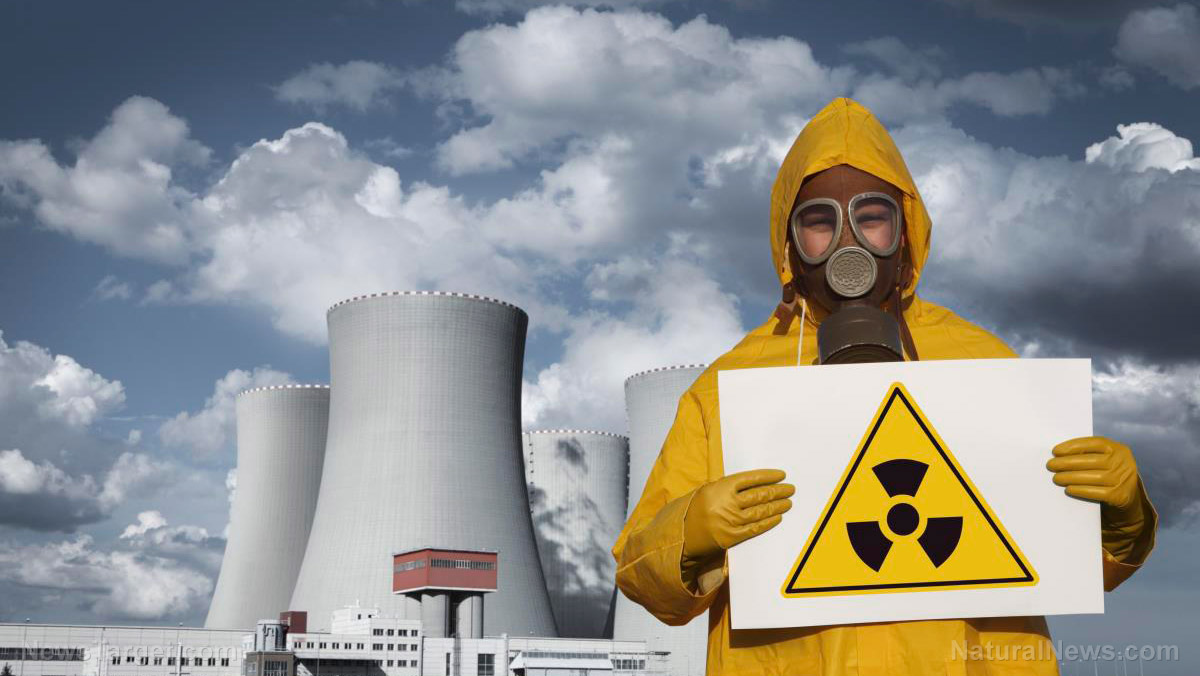IAEA says Fukushima nuclear plant plan to dump radioactive waste into Pacific Ocean is perfectly safe
07/10/2023 / By Ethan Huff

In accordance with guidelines and recommendations set forth by the International Atomic Energy Agency (IAEA), the operators of the wrecked Fukushima Daiichi Nuclear Power Station (FDNPS) in Japan are readying to release large volumes of radioactive wastewater from the facility straight into the Pacific Ocean.
Published in a report on July 4, the news, which comes following a “comprehensive assessment and safety review” of treated wastewater stored at the plant, explains that “controlled, gradual discharges of the treated water to the sea,” which is what the Japanese government and plant operator Tokyo Electric Power Co. (TEPCO) are planning to do, will have a “negligible radiological impact on people and the environment.”
Sure, the Pacific Ocean is quite large and it might seem as though dumping this radioactive wastewater is no big deal. But radiation persists, and there is plenty of evidence to suggest that dumping this radioactive wastewater into the ocean and allowing it to travel via ocean currents is probably not the best idea.
(Related: Check out our nuclear fallout exclusive, in which 28 water filters were tested for their ability to remove radioactive cesium – six in particular outperformed the rest.)
Fukushima’s “Advanced Liquid Processing System” removes “almost all” radioactivity except for tritium
An IAEA task force spent two years assessing the matter to come up with a recommendation. That assessment team was comprised of top specialists from within the agency who are advised by “internationally recognized nuclear safety experts from eleven countries,” according to a statement.
Under the plan, the 1.2 million cubic meters of wastewater that were used to cool the fuel rods at the Fukushima plant will be slowly released over the course of the next three or four decades to prevent accidental leaks and allow for the plant’s eventual decommissioning.
During the discharge phase, the IAEA will conduct an “independent and objective” safety review with a constant on-site presence and live monitoring at all times. Japan has not yet indicated a date for the start of the planned water releases.
All of the water at Fukushima has reportedly been treated using an “Advanced Liquid Processing System (ALPS),” which we are told removed “almost all” radioactivity from the water except for tritium, a rare and radioactive isotope of hydrogen that can bond with oxygen to create more water, making it difficult to fully remove.
This “almost all” claim is not enough, especially when it excludes tritium. According to the U.S. Environmental Protection Agency (EPA), tritium can increase the risk of cancer when consumed in extremely large quantities. The agency has set a maximum contaminant level for tritium at 20,000 picoCuries per liter.
The World Health Organization’s (WHO) maximum concentration level is much higher – 13 times higher, in fact, than the EPA’s.
To reduce tritium levels below regulatory standards, Japanese authorities are planning to dilute the contaminated wastewater, according to the IAEA. We are told that multiple other nuclear power plants throughout the world regularly release wastewater containing tritium at levels much higher than what Fukushima plans to release.
China, South Korea, and a number of other nearby nations are opposed to all this, however. Citing health and safety issues, local fishing groups, tourism companies, beach businesses, tourism bodies, and other affected entities continue to raise concerns about the dangers of allowing the Fukushima plant operators to release all this toxic wastewater.
According to Chinese Foreign Ministry spokesman Wang Wenbin, the plan is “extremely selfish and irresponsible.” He added that the ocean is “humanity’s common good, not Japan’s private sewer.”
The latest news about the ongoing Fukushima nuclear disaster, which would seem to have no end, can be found at FukushimaWatch.com.
Sources for this article include:
Submit a correction >>
Tagged Under:
chemicals, clean water, Fukushima, IAEA, International Atomic Energy Agency, nuclear, ocean health, Pacific Ocean, poinsons, radiation, radioactive waste, toxins, water water
This article may contain statements that reflect the opinion of the author
RECENT NEWS & ARTICLES
COPYRIGHT © 2017 FUKUSHIMA NEWS




















